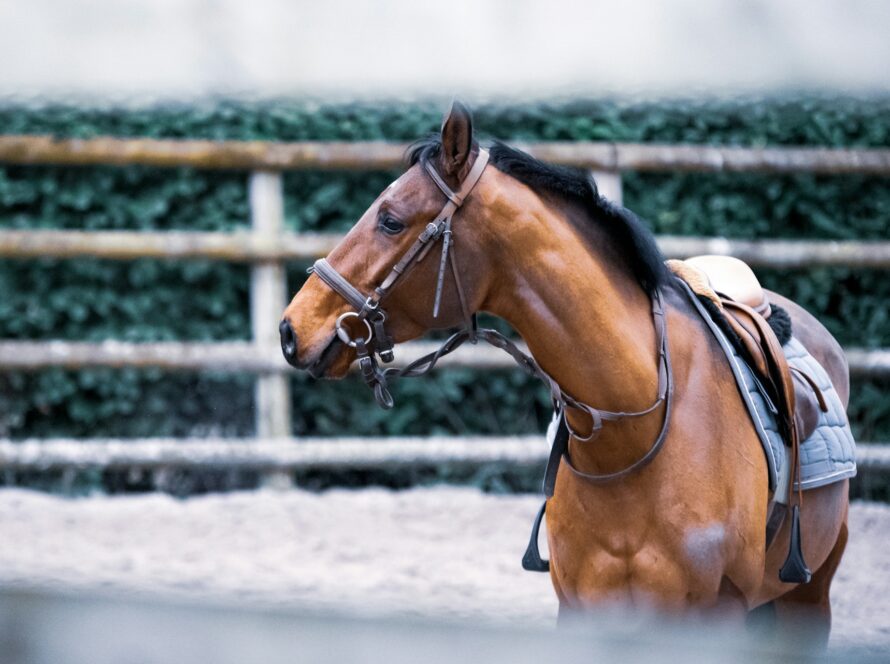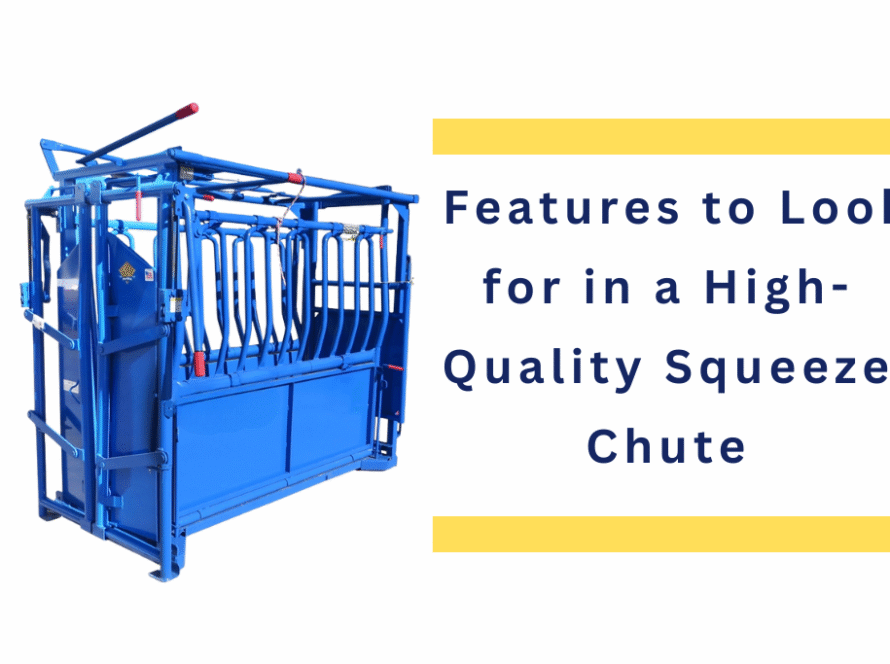Introduction
Setting up proper livestock enclosures is one of the most important tasks for any farmer, rancher, or livestock owner. Whether you’re managing cattle, horses, goats, or other animals, the right structure helps ensure safety, reduce stress, and promote long-term productivity. However, even experienced livestock handlers make avoidable mistakes when it comes to planning and installing farm gates and panels.
A poorly designed or hastily assembled enclosure can lead to injuries, escapes, or expensive repairs. That’s why companies like Florida Panels and Gates are trusted by livestock professionals—they provide reliable solutions that balance durability, function, and ease of use.
In this guide, we’ll walk you through the most common mistakes people make when setting up livestock gates and panels, and how to avoid them. Whether you’re expanding your current setup or starting from scratch, these insights can save you time, money, and frustration down the line.
Mistake #1: Choosing the Wrong Panels for the Animal Type
Not all livestock panels are created equal. What works for goats or sheep may not hold up against the strength of cattle or the agility of horses. A major mistake is assuming that one panel design fits all.
For example:
- Cattle gates and panels need to be extra sturdy to handle the weight and force of a full-grown cow leaning or pushing against them.
- Horse panels and gates should prioritize visibility and reduce the chance of injury, especially since horses can be easily spooked or entangled.
- Lightweight corral gates and panels might be suitable for smaller animals, but are inadequate for larger breeds or active livestock.
Always match your panels to the specific species you’re housing. At Florida Panels and Gates, you’ll find tailored options for every animal type, ensuring the right level of strength and safety.
Mistake #2: Improper Gate Placement
One of the biggest frustrations in a livestock setup is poor gate placement. Gates that are too narrow, swing the wrong direction, or are positioned in high-traffic zones can create bottlenecks and stress for both animals and handlers.
Key considerations include:
- Place corral panels and gates at accessible entry and exit points where animals can move naturally.
- Make sure gates are wide enough for equipment like trailers or tractors to pass through.
- Use multiple gates and panels for sale to create flexibility in how animals are guided or separated during movement.
Planning prevents awkward layouts that later require reconstruction. Talk with your supplier, like Florida Panels and Gates, for layout guidance before installing.
Mistake #3: Underestimating Animal Behavior
Animals aren’t just passive occupants—they test fences, push gates, and can become aggressive or panicked under pressure. A common mistake is assuming that animals will always act predictably.
To prepare for real-world behavior:
- Reinforce corners and pressure points in your layout.
- Use livestock gates and panels rated for impact and pressure.
- Avoid sharp angles or narrow corridors that could trap or spook animals.
Understanding the behavioral patterns of your herd or flock helps guide better decisions in selecting and installing panels and gates for sale that will stand up to everyday use.
Mistake #4: Ignoring Ground Conditions
The ground beneath your setup matters more than most people realize. Uneven or unstable terrain can cause gates to sag, panels to shift, and stress points to fail. One mistake often seen is placing farm gates and panels on soft soil or slopes without proper support.
To avoid this:
- Level the ground before installation.
- Use gravel or concrete footers for gate posts.
- Anchor panels securely, especially in high-pressure areas.
Many ranchers working with Florida Panels and Gates appreciate their expert advice on preparing the land before setup. A solid foundation ensures the longevity of your fencing investment.
Mistake #5: Skipping Maintenance Planning
Even the best cattle gates and panels need maintenance over time. Failing to plan for routine checks and upkeep leads to wear, rust, or unexpected failure, especially in harsh weather.
Preventative measures include:
- Regular inspections for rust or damage.
- Oiling hinges and latches.
- Checking welds and fasteners.
Durable products from Florida Panels and gates are built to last, but no setup is completely maintenance-free. Adding this to your management routine will keep everything working smoothly and safely for years.
Mistake #6: Overlooking Flexibility in Design
A lot can change on a farm or ranch—expanding herds, new animals, rotating pastures. A rigid or overly fixed panel design makes it hard to adapt when your needs evolve.
That’s why modular or portable horse panels and gates are becoming more popular. These allow you to:
- Reconfigure layouts quickly.
- Add or remove sections based on season or use.
- Move panels to temporary locations as needed.
Investing in adaptable fencing through Florida Panels and Gates gives you the freedom to grow without redoing your entire setup.
Mistake #7: Focusing on Price Over Quality
When you’re comparing panels and gates for sale, it’s tempting to go with the cheapest option—especially if you’re working on a budget. But not all gates and panels for sale meet the same standards for strength, durability, or safety.
Lower-cost panels often:
- Rusts faster due to poor coating.
- Have weaker welds or thin tubing.
- Don’t stand up to repeated pressure.
Choosing quality materials from a trusted provider like Florida Panels and Gates ensures long-term savings through fewer replacements, less maintenance, and safer animals.
The Role of Florida Panels and Gates in Reliable Enclosure Design
When it comes to setting up livestock enclosures the right way, having the right partner makes all the difference. Florida Panels and Gates specializes in providing practical, rugged, and customizable options for farmers, ranchers, and livestock handlers across a variety of operations.
Whether you need a full corral system or just a few replacement cattle gates and panels, they offer:
- Heavy-duty materials built for real-world livestock behavior
- Custom configurations for unique setups
- Expert guidance based on your operation’s size and livestock needs
- High-quality welds and finishes to stand up to the elements.
The company’s reputation in supplying farm gates and panels has made them a go-to source for reliable and effective fencing that works.
Prioritizing Animal Safety and Welfare
Beyond structural durability and efficiency, one of the most important aspects of designing livestock enclosures is ensuring animal safety and comfort. Mistakes in panel placement, gate mechanisms, or material choice can lead to injuries, stress, and behavioral issues in animals.
When selecting from farm gates and panels or setting up corral gates and panels, consider the following safety tips:
- Smooth edges and proper spacing: Animals can injure themselves on sharp corners or get caught in gaps that are too wide or irregular. Products from Florida Panels and Gates are designed with livestock-safe finishes and consistent spacing to prevent these risks.
- Avoiding overcrowding: Too many animals in a confined space can lead to aggression, trampling, or panic. Make sure your livestock gates and panels provide enough room for all animals to move freely and rest comfortably.
- Easy access to food and water: Your enclosure design should ensure animals can access feeders and water troughs without struggling or competing, which improves both welfare and productivity.
- Secure latching systems: Poorly installed or weak latches are a top reason animals escape. Make sure your cattle gates and panels include reliable locking systems that can’t be nudged open.
Keeping welfare in mind not only helps the animals—it also supports a more efficient, manageable, and successful operation. By choosing thoughtfully designed gates and panels for sale, you’re investing in both safety and peace of mind.
Conclusion
Creating safe, efficient, and adaptable livestock enclosures starts with avoiding the common pitfalls that can undermine your setup. From choosing the wrong materials to overlooking terrain and behavior, every step matters. The good news is—with the right planning and quality components—you can avoid costly mistakes and build a system that serves your operation for years.
Whether you’re managing cattle, horses, or a mixed operation, turn to Florida Panels and Gates for high-quality, dependable livestock gates and panels that are designed with your needs in mind. It’s not just about fencing—it’s about protecting your investment, your animals, and your peace of mind.
FAQs
1. What type of panels should I use for horses?
For horses, choose horse panels and gates that are tall, smooth-edged, and allow visibility to prevent injuries from kicking or rearing.
2. Can I use the same panels for cattle and goats?
It’s best to use species-specific products. Cattle gates and panels are built for strength, while goats may require smaller spacing to prevent escapes.
3. How can I ensure my gates don’t sag over time?
Set gate posts in concrete and choose high-quality materials from trusted suppliers like Florida Panels and Gates to prevent warping or sagging.
4. What are the best panels for portable corrals?
Modular corral panels and gates are ideal—they can be moved and reconfigured easily for events, medical exams, or temporary containment.
5. Where can I find durable panels and gates for sale?
You can find long-lasting, weather-resistant panels and gates for sale through reputable providers like Florida Panels and Gates, who specialize in livestock solutions.



